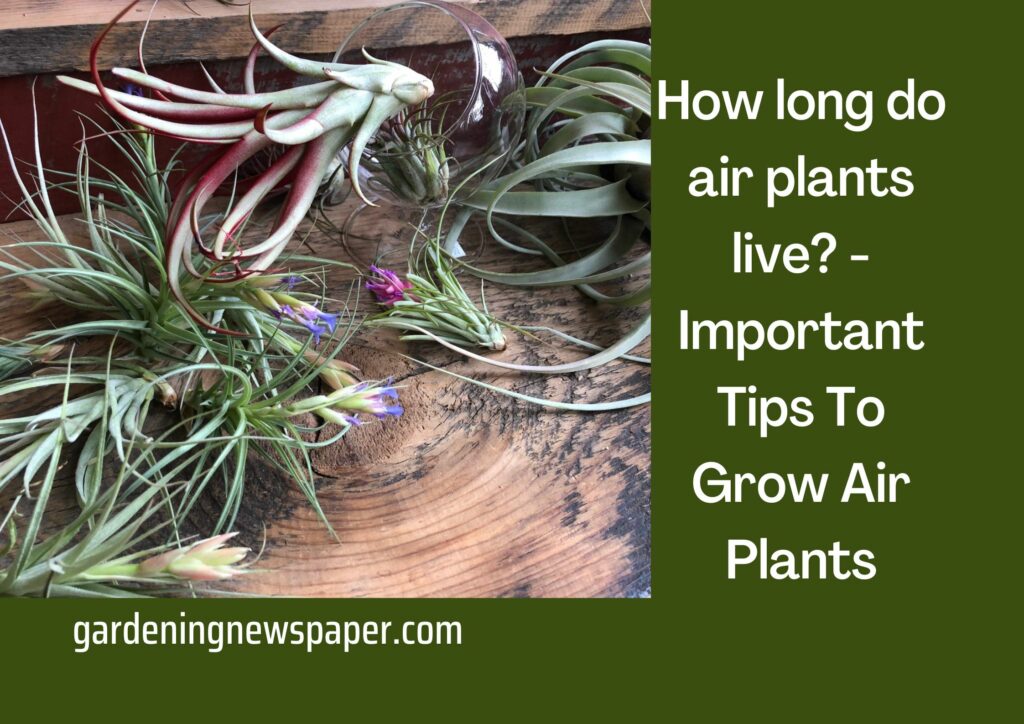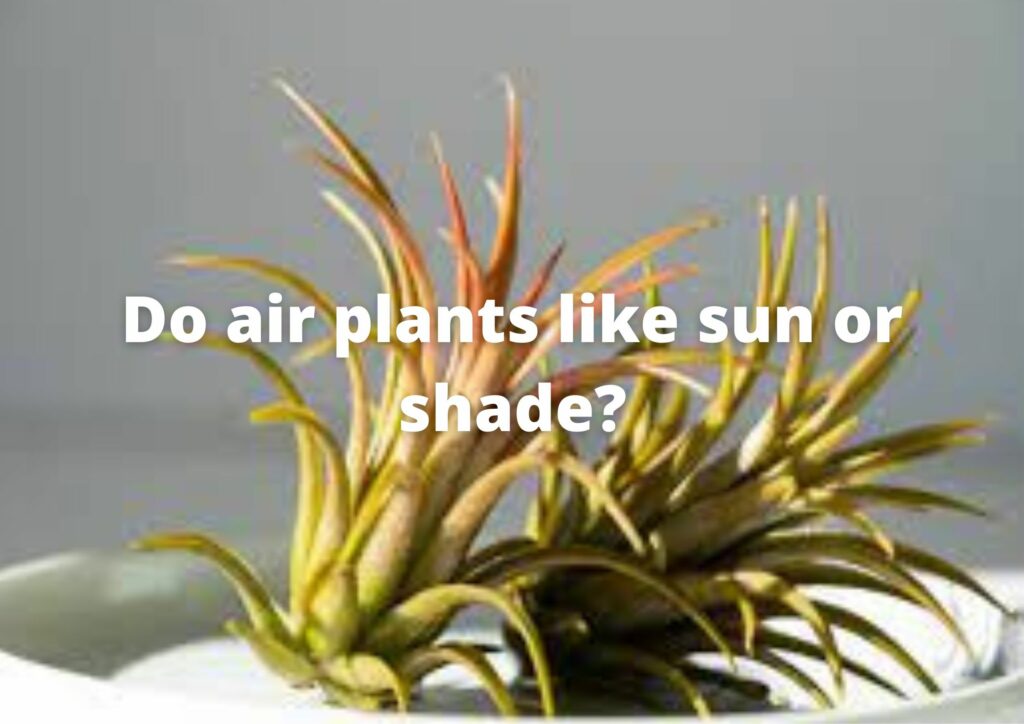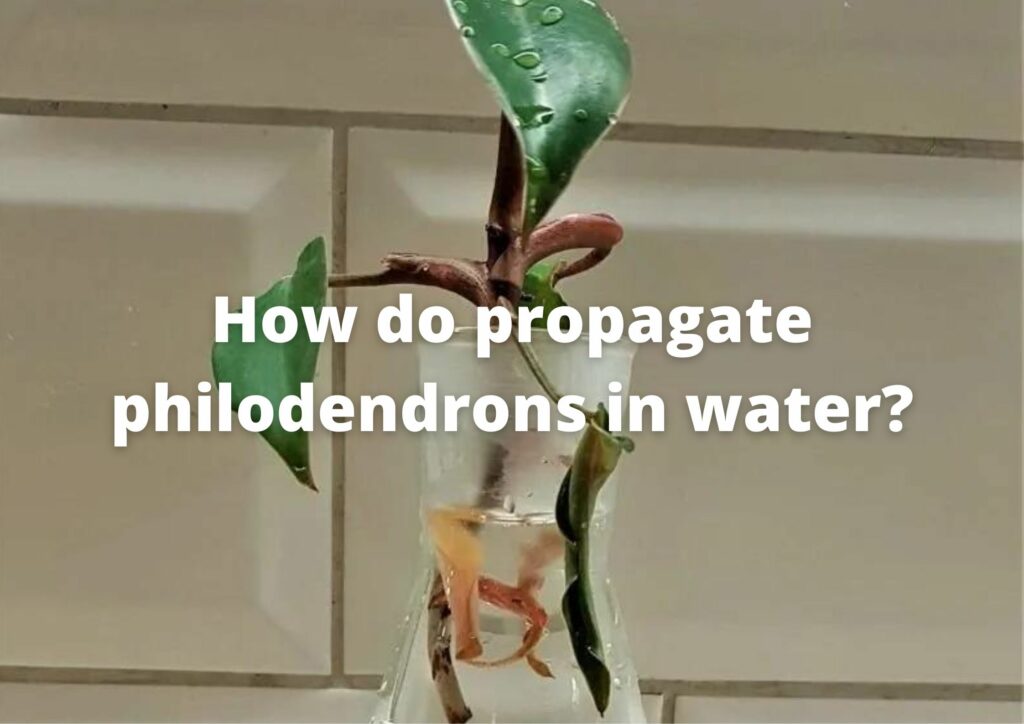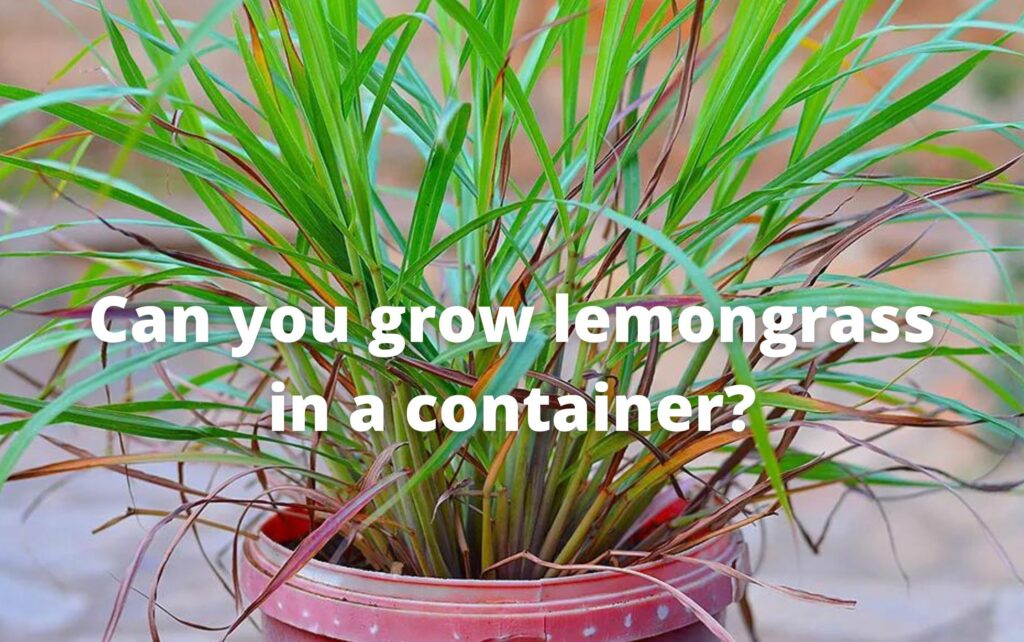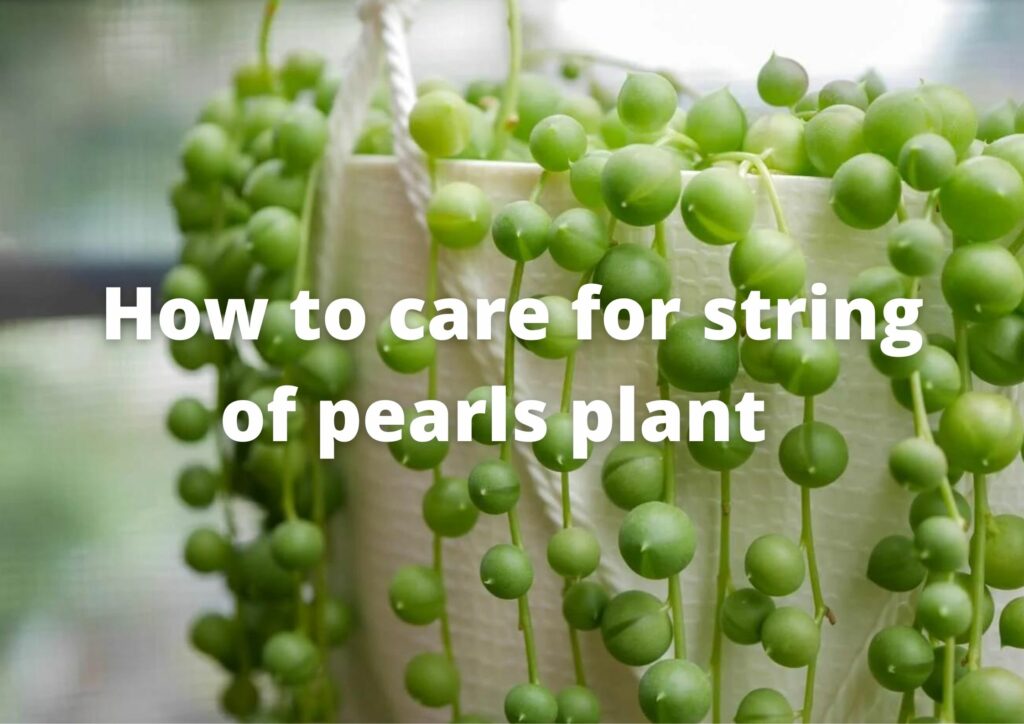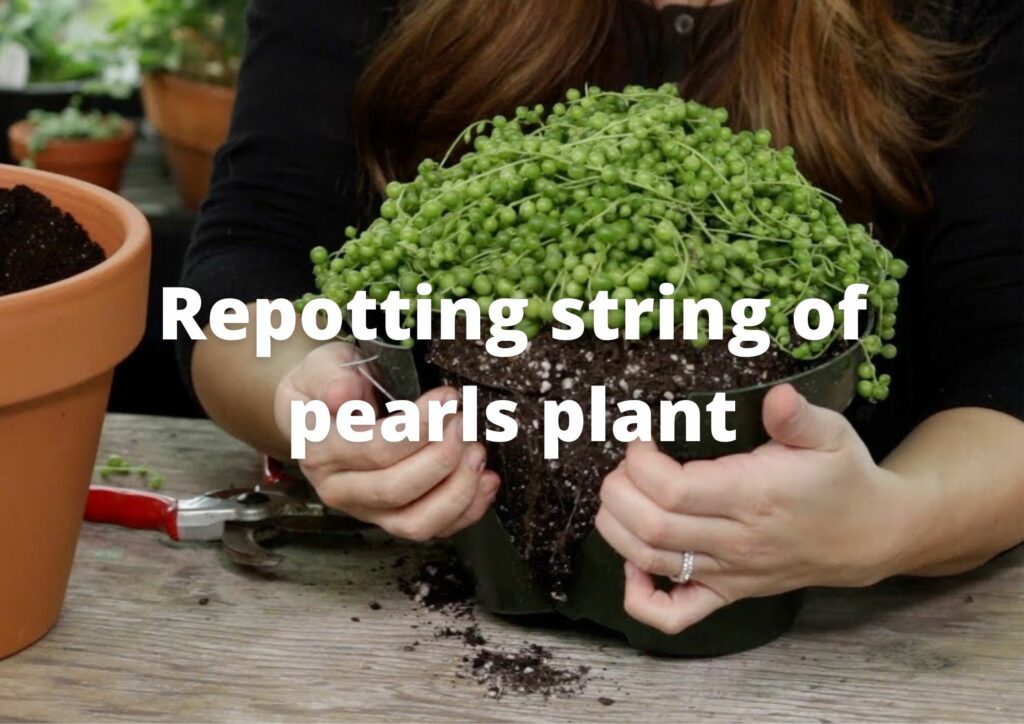Quick caring steps for your beautiful Alocasia Plants
The Alocasia one of the elephant ear plants, which has some of the most exquisite leaves in the indoor plant world, is a growing favorite for collections of indoor plants because of its unmatched sculptural and aesthetic appeal. As we all know the alocasia plant is quite noticeable.
This plant draws you in and quickly adds simple beauty to any end table or bookshelf with its stunning look and unmistakable appeal. The distinctive, arrowhead-shaped leaves and long stems of alocasia plants make them stand out. Here you will find all about how to take care, alocasia plants needs and tips.

There are more than 80 species of this brilliantly veined plant, which is unique to eastern Australia and subtropical Asia. Some plants have leaves that may grow as long as three feet.
Alocasia plants prefer the extra humidity that a kitchen or bathroom may offer. They are indigenous to the tropical parts of the South Pacific Islands, particularly the Philippines.
How to take care of Alocasia?
Care for the alocasia, like other indoor plants, will be easier to manage if you are more knowledgeable about its past. Eastern Australia and Asia are the native home of these subtropical plants.
Since alocasias naturally have larger leaves than other plants since they dwell in the wild under a canopy of trees, they have the edge over other plants when it comes to soaking up sunlight.
Certain alocasia species have the potential to grow into giant plants with massive leaves. If space is a concern, there are more manageable species that won’t overtake your home (Jewel Alocasias).
Expect to watch your alocasia grow throughout the warmer months. These houseplants with rapid growth may generate new leaves almost every week when they are actively growing.
In your home, find a cozy, well-lit location for these beautiful things. To care for these indoor plants, plant them carefully in bright indirect light.

Guidelines for caring for your Alocasia
To care for an alocasia, adhere to the following instructions.
The needs for light, temperature, humidity, and any other care that an alocasia plant may need to thrive are covered in this article, along with instructions on how to water them.
Alocasias have a dilemma: although preferring somewhat drier soil, they require enough humidity to flourish. We suggest placing a pebble tray or humidifier below for your alocasia’s comfort.
Since humidity encourages the growth of these plants, it may also aid in the prevention of some of the spider mites, one of the most common pests of alocasia. Regular misting is also advised, and a nearby pebble tray can sustainably increase the humidity level around the plant.
Dust the leaves periodically and sometimes rotate your plant to preserve balanced development. This will aid in the plant’s efficient photosynthetic processes. When dusting the leaves, take the opportunity to inspect the undersides for pests.
Light Requirements for Alocasia
Due to their adaptability, alocasias can withstand a range of indirect light, from weak to strong. The amount of light a plant receives will determine how quickly it grows. If you want your alocasia to push out new leaves actively and produce the large leaves it is known for, make sure it is in an area where it can receive enough strong indirect light.
The plant will survive in an area with less light, but it won’t grow as quickly. If you bring your alocasia outside in the summer, put it somewhere that gets some shade. Direct sunlight will cause the leaves to burn so grow elephant ear in bright indirect light.

Soil needs
Elephant’s ear leaves, alocasia plant may be planted in either loose, well-drained potting or crumbly, loamy soil. The traditional peat-based potting mix provides them with the slightly acidic soil they prefer.

The ideal temperature for alocasias
As a subtropical plant, alocasia is more comfortable in warmer temperatures that mimic its original habitat. The temperature in the room should be greater than 60 °F/ 20-30 degree Celsius on average.
If you keep your alocasia on a patio or other outside area during the warmer months, make sure to bring it inside before the temperature falls below 50 degrees Fahrenheit/ 20 degree Celsius.
Avoid placing the plant near draughty windows, outside doors, or air conditioning or heating vents. These temperature changes might halt growth and possibly injure the leaves.
Keep in mind that alocasia will hibernate throughout the winter. It would be best if you kept them in somewhat colder temperatures so they can develop even though they won’t necessarily lose all of their leaves.

How much water do alocasias need in the spring and summer?
In milder temperate climates, it is found that it’s easiest to allow the soil of potted alocasias partially dry up before watering them again. How much dryness you allow for will depend on how much light and heat you are working in. This will alter depending on where and when you care for your plants.
Even after plant care, alocasia still displays signs of distress in a more light-filled area indoors, it’s conceivable that overwatering is the actual issue. As you figure out what timetable works best for you, don’t be afraid to allow for additional soil dryness.
When watering, try to cover the entire plant. The plant will be cleansed as a result, and any potential pests will be controlled. You may also use a damp cloth to wipe the leaves and stems clean.
What winter/ fall care should you give an Alocasia?
Just give the plant a little extra warmth and intense light in your house. To do this, just put your plant in the brightest space you can locate. If you can get some direct sun, it will be very grateful! This will significantly increase how content your plant is.
Additionally, you must water your plant much less regularly to maintain its warmth. Try to preserve near-complete dryness for your Alocasia during the winter.
Please give them a little water every two to three weeks to keep them alive; otherwise, dry soil will do. They will be OK on dry soil since they won’t require as much water in the winter, and they will evaporate much more slowly.
Your dry soil will contain thousands of microscopic air pockets that will act as insulation, keeping the roots of your plants a little bit warmer during the winter.
Alocasias can use a small pot?
Did you know that your alocasia is a member of the same family (Araceae) as Monstera, Devil’s Ivy, and Philodendrons? This plant family is known for being content to grow in very tiny pots. Increasing the pot size is only sometimes necessary, and when it is, it should only be done in the late spring or early summer to give the plant enough time to adjust before winter.
The majority of alocasias will grow massively, even in a little container. Just re-pot the plant if you think it is becoming too top-heavy and is already properly root-bound. Increase the pot’s diameter by one to two inches.

Required fertilizers for alocasia
Alocasias can be heavy feeders, especially the larger types. Fertilize with liquid fertilizer once or twice a month; a 20-20-20 composition is suggested during the growing season.
Pruning Alocasia
Removing the wilting leaves from your alocasia makes pruning it easier. It is usual for leaves to wilt and die as new leaves arise.

What to do when leaves turn yellow?
Several factors might be at play if the leaves of your elephant’s ear turn yellow. Most likely, the problem is with how the leaves are watered; too much or too little watering might cause discoloured leaves. Up to several inches of water each week is consumed by elephant ears. You giving them less or more might be the reason for the yellowing.

Drooping or withered leaves
Due to excess or insufficient light or fertilizer, elephant ear leaves can droop or shrivel. Your plant will repay you with healthy leaves if you make the appropriate adjustments.
Recommended Pots for Alocasia
Alocasia produces its leaves from substantial underground tubers. Regular leaf shedding and regrowth occur. Alocasia might be a bit difficult to water because they like somewhat drier soil yet need a fair quantity of moisture.
This houseplant loves our self-watering containers since they let the alocasia drink whenever it gets thirsty. A small ceramic pot is recommended, for this beauty.
Pro tip: When watering your alocasia, rotate the pot once every quarter turn. This will guarantee that the plant gets consistent sunshine and stop it from growing upward and becoming top-heavy.
Fun Fact: Alocasia plants are bulb-growing plants; therefore, even if they lose all of their leaves, the energy they have stored in their bulbs will, given the right circumstances, allow them to produce new leaves.
We hope this article guided you well for alocasia care for gardening purpose.







